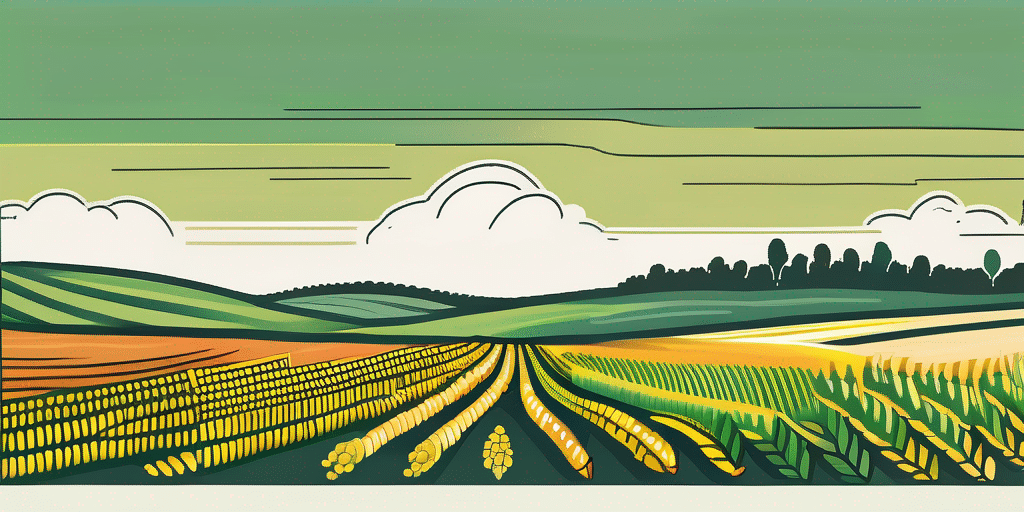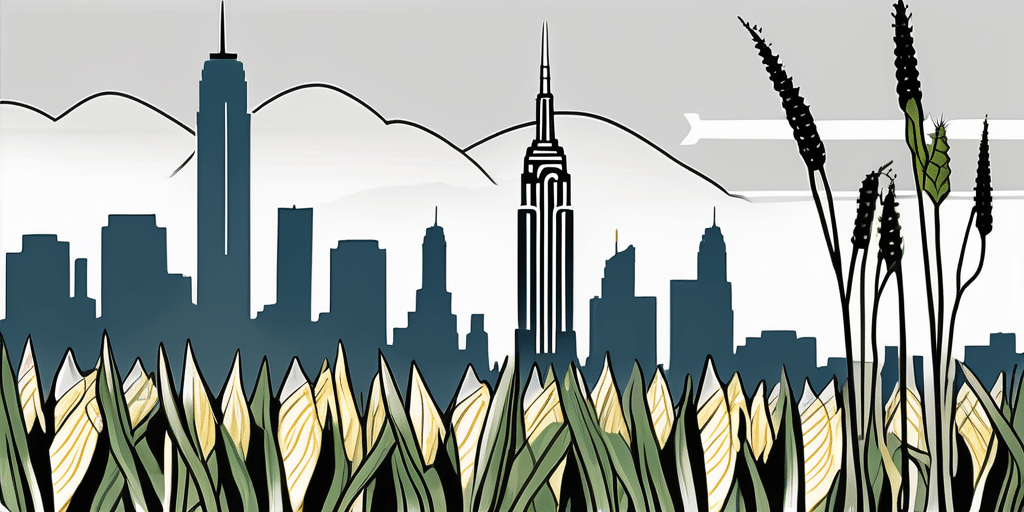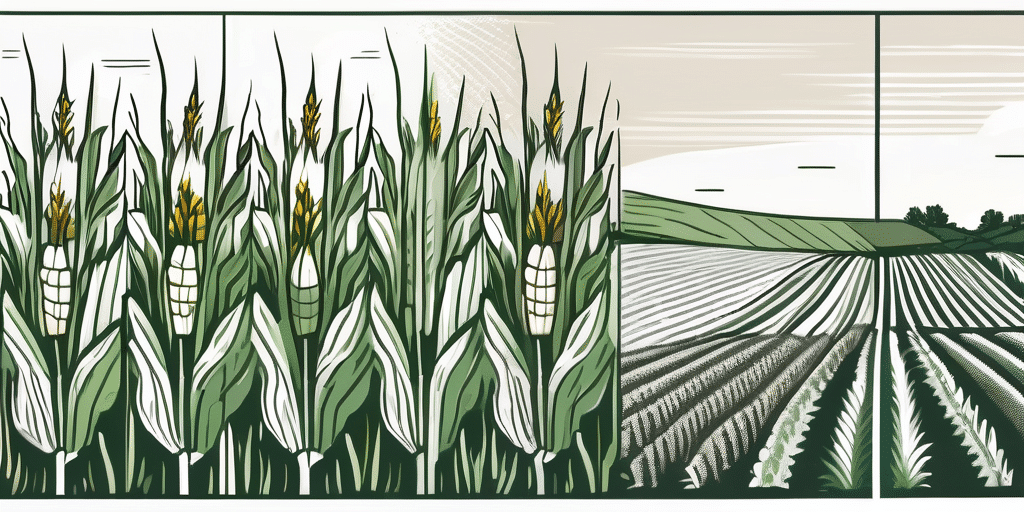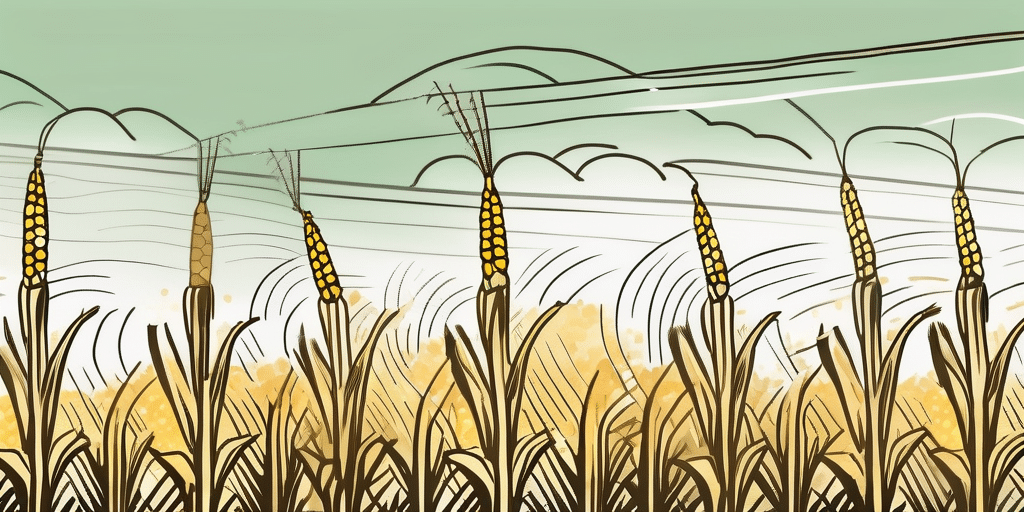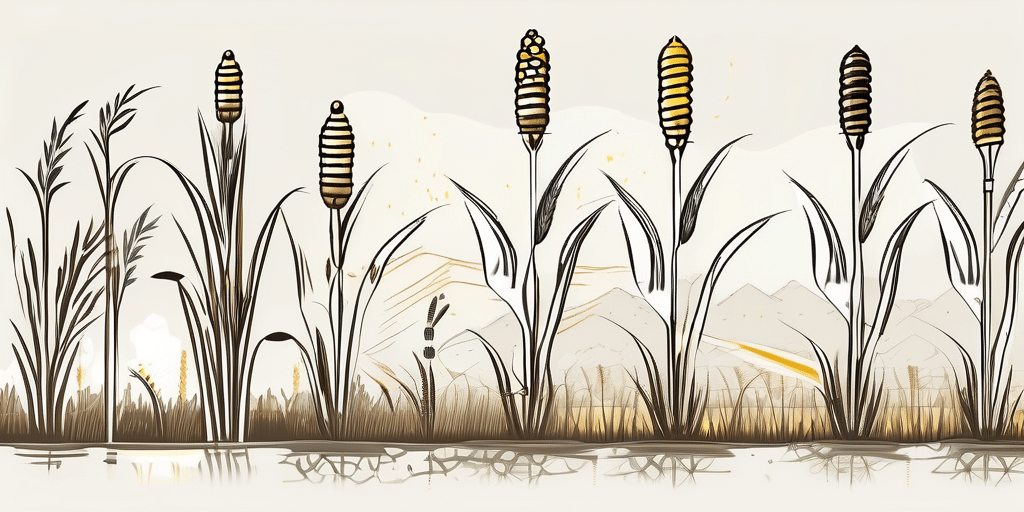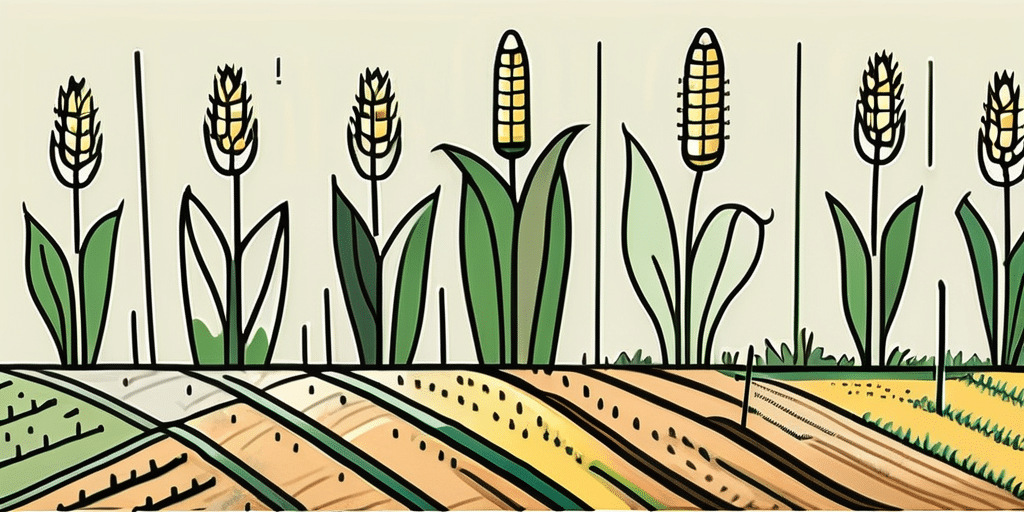Ruby Queen Corn is a popular variety of sweet corn that thrives in the Utah climate. If you’re a corn lover and want to enjoy the satisfaction of growing your own, then this article is for you. In this guide, we’ll discuss everything you need to know about planting and growing Ruby Queen Corn in Utah. From the ideal planting time to the harvesting process, we’ve got you covered. Let’s dive in!
Climate & Hardiness Zones in Utah
Before we get into the details of growing Ruby Queen Corn, let’s take a moment to understand the climate and hardiness zones in Utah. Utah experiences a variety of climates, from semiarid to high desert. The state is divided into four climate regions based on temperature and precipitation: Northern, Central, Northeastern, and Southeastern.
Utah’s Northern region, encompassing cities like Salt Lake City and Ogden, experiences hot summers and cold winters, with an average annual precipitation of 15 inches. The Central region, including Provo and Orem, has a more moderate climate with milder temperatures and higher precipitation levels. The Northeastern region, covering areas like Vernal and Roosevelt, is characterized by colder winters and lower annual precipitation. Lastly, the Southeastern region, which includes Moab and St. George, boasts hot summers and mild winters, with an average annual precipitation of only 10 inches.
According to the United States Department of Agriculture’s hardiness zone map, Utah falls under zones 4-9. Zone 4 covers the highest elevations in the state, such as the Uinta Mountains, where temperatures can drop as low as -30°F in winter. On the other hand, Zone 9 includes the warmest parts of Utah, like St. George, where winter temperatures rarely dip below 20°F. Understanding your specific hardiness zone is crucial for successful gardening, as it dictates which plants will thrive in your area and when to plant them for optimal growth.
When to Plant Ruby Queen Corn in Utah
The timing of planting is crucial for a successful corn crop. In Utah, the average last frost date varies across different regions. As a general guideline, it is best to wait until the soil temperature reaches a minimum of 50°F (10°C) before planting.
For Northern Utah, the ideal time to plant Ruby Queen Corn is from mid-May to early June. In Central Utah, you can start planting in late May. In the Northeastern and Southeastern regions, it is recommended to wait until June to ensure warmer soil temperatures.
Utah’s diverse climate and topography provide unique challenges and opportunities for corn farmers. The state’s varying elevation levels, ranging from high mountain ranges to desert valleys, contribute to the different planting times. The colder temperatures in Northern Utah necessitate a later planting date to avoid frost damage, while the warmer temperatures in the southeastern regions allow for an earlier planting window.
- Prepare the soil: Start by choosing a location with well-drained soil and full sun exposure. Remove any weeds or debris from the planting area. It’s a good idea to add organic matter, such as compost, to improve soil fertility. This will provide essential nutrients for the corn plants and promote healthy growth.
- Sow the seeds: Dig shallow trenches, around 1-2 inches deep, and space them about 12-18 inches apart. Place the seeds in the trenches, leaving about 6 inches of space between each seed. Cover the seeds with soil and gently firm the surface. Ensuring proper spacing between the seeds allows each plant to have enough room to develop a strong root system and maximize its potential for producing ears of corn.
- Watering: After planting, water the soil thoroughly. Corn plants require regular watering, especially during hot summer months. Aim to provide about 1 inch of water per week through rainfall or irrigation. Adequate moisture is crucial for the germination of the seeds and the overall growth and development of the corn plants.
- Thin the seedlings: Once the plants reach a height of 4-6 inches, thin them to about 12-15 inches apart. This will give the remaining plants enough space to grow and produce ears of corn. Thinning the seedlings allows for better air circulation and reduces competition for nutrients, resulting in healthier and more productive corn plants.
Remember to follow specific instructions on the seed packet as different varieties may have slight variations in planting depths and spacing requirements. Additionally, it is important to monitor the weather conditions and adjust your planting schedule accordingly. Keeping an eye on the forecast and being prepared for unexpected temperature fluctuations or extreme weather events can help ensure a successful corn harvest in Utah.
Utah’s corn farmers play a vital role in the state’s agricultural industry, contributing to both the local economy and food supply. By following these planting guidelines and implementing proper care throughout the growing season, you can enjoy a bountiful harvest of Ruby Queen Corn, known for its deliciously sweet and tender kernels.
When to Harvest or Pick Ruby Queen Corn in Utah
One of the joys of growing Ruby Queen Corn is being able to harvest and enjoy the fresh, sweet kernels straight from your garden. Here’s when you can expect to harvest your crop in Utah.
Ruby Queen Corn typically takes around 70-80 days to reach maturity from the day of planting. You can start monitoring the corn ears for ripeness after approximately 60 days. Here are a few indicators that can help you determine when it’s time to harvest:
- Silks: Check the appearance of the silks. They should be brown and dry, indicating that pollination has occurred.
- Cobs: Gently peel back the husk and examine the kernels. They should be plump, well-filled, and milky in appearance. Avoid harvesting if the kernels are still watery or underdeveloped.
- Taste test: For the best flavor, you can do a taste test by gently pressing your fingernail into a kernel. If a milky liquid squirts out, the corn is ripe and ready to be harvested.
Once you’ve determined that your Ruby Queen Corn is ready for harvest, simply grasp the cob near its base and give it a firm downward twist to detach it from the stalk.
Frequently Asked Questions
1. Can I start Ruby Queen Corn indoors?
Yes, starting the corn seeds indoors in pots or trays is possible, but it’s generally not recommended for this variety. Ruby Queen Corn is best sown directly in the garden due to its rapid growth and relatively short maturity period.
2. How can I protect my corn from pests?
Pests such as corn earworms and aphids can sometimes pose a threat to your corn crop. To protect your plants, you can use natural methods like handpicking pests, applying insecticidal soap, or using physical barriers like row covers.
3. Can I save seeds from Ruby Queen Corn?
Yes, you can save seeds from Ruby Queen Corn for future planting. To do so, allow a few cobs to fully mature and dry on the stalk. Once the ears are dry, carefully remove the kernels and store them in a cool, dry place for the next planting season.
By following these guidelines and providing proper care, you can enjoy the bountiful harvest of Ruby Queen Corn in your Utah garden. Whether you prefer grilling, boiling, or enjoying it straight off the cob, there’s nothing quite like the taste of homegrown corn. Happy planting and happy eating!
Join Our Gardening Community
Ready to take your gardening skills to the next level? Subscribe for free to How to Grow Everything and learn how to build the garden of your dreams! Receive personalized gardening advice and information tailored to your Utah grow zone, experience level, and interests. Enjoy the best gardening tips and deals delivered straight to your inbox, with special offers exclusive to our subscribers. It’s 100% free, with no spam, just valuable insights from our family to yours. Join thousands of others benefiting from our extensive collection of free growing and gardening articles. Let’s grow together!

